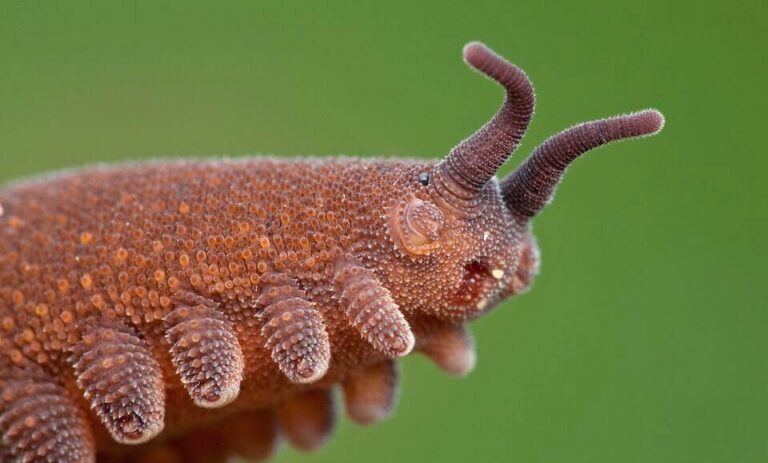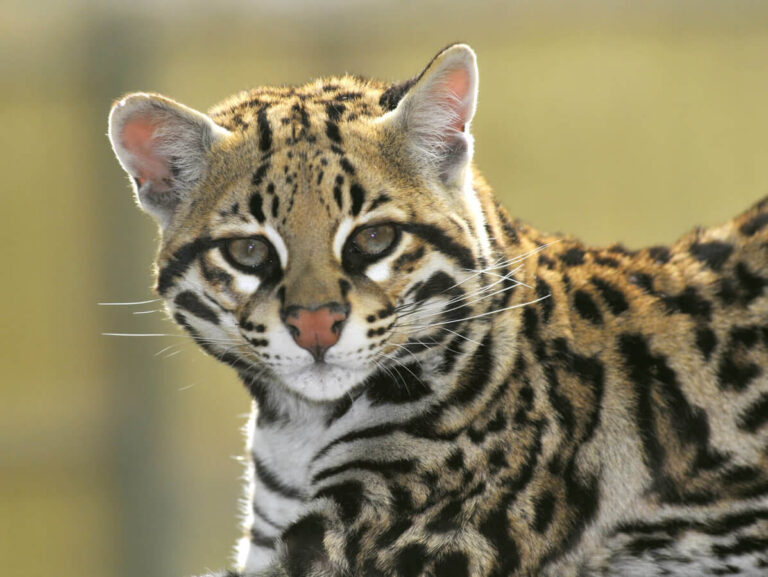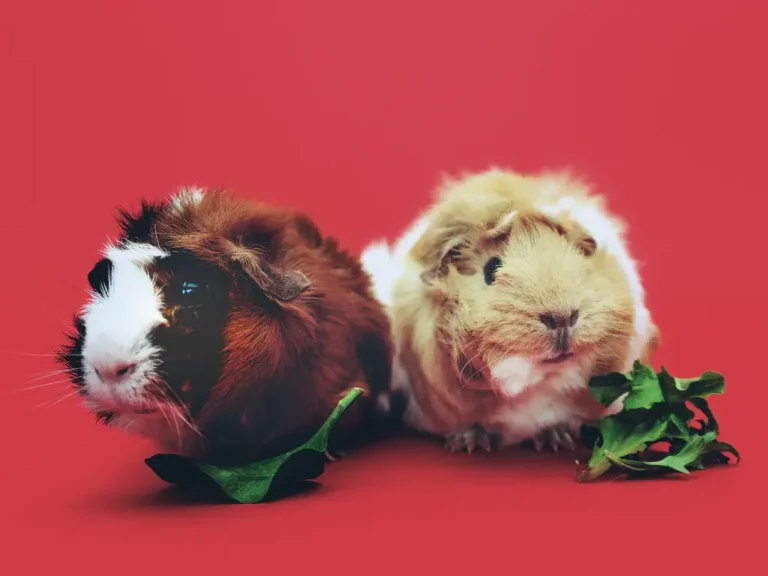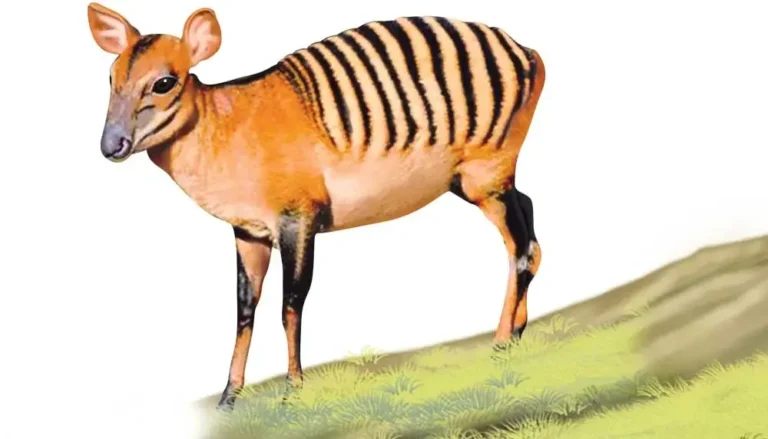Porcupine: The Spiky Mammal of the Wild
The porcupine is one of nature’s most fascinating creatures, known for its quill-covered body that provides a unique form of defense against predators. These spiky mammals are found across various continents and ecosystems, displaying diverse behaviors and adaptations that have allowed them to thrive for millions of years. This article explores the porcupine’s scientific classification, physical characteristics, habitat, behavior, diet, reproduction, predators, conservation status, interesting facts, evolutionary history, and its relationship with humans.
Contents
Scientific Classification
- Kingdom: Animalia
- Phylum: Chordata
- Class: Mammalia
- Order: Rodentia
- Family: Erethizontidae (New World porcupines) / Hystricidae (Old World porcupines)
- Genus: Erethizon (New World) / Hystrix (Old World)
- Species: Over 30 species, including the North American porcupine (Erethizon dorsatum) and the African crested porcupine (Hystrix cristata).
Physical Characteristics

Porcupines are medium-sized rodents known for their distinctive spiny coat made up of sharp quills. These quills are modified hairs coated with thick layers of keratin and serve as a primary defense mechanism.
- Size: Porcupines range from 20 to 36 inches in body length, with an additional 8 to 12 inches for their tail.
- Weight: They typically weigh between 2.5 to 40 pounds, with the African crested porcupine being one of the heaviest.
- Quills: A porcupine’s body is covered with thousands of quills, which can be up to 3 inches long in some species. Quills are not thrown but detach easily and embed into predators upon contact.
- Coloration: Their coloration varies from brown-gray to black, often with white or yellowish bands on the quills.
Habitat
Porcupines are highly adaptable rodents that inhabit a wide range of environments:
- Geographical Range: North and South America, Europe, Africa, and Asia.
- Preferred Habitats: They thrive in forests, deserts, grasslands, and rocky terrains. New World porcupines prefer arboreal habitats, while Old World porcupines are mainly terrestrial.
- Shelter: They often take refuge in burrows, caves, hollow logs, and tree branches, depending on the species.
Behavior

Porcupines are mostly nocturnal and solitary animals known for their slow, deliberate movements and defensive behaviors.
- Activity: Primarily active at night (nocturnal) but can occasionally be seen during the day (crepuscular).
- Defense Mechanism: When threatened, porcupines raise quills, stomp their feet, and rattle their tail. They do not shoot quills; instead, they detach easily upon contact.
- Climbing: New World porcupines are skilled climbers, using their prehensile tail for balance, while Old World porcupines are ground dwellers.
- Communication: They use vocalizations, chemical signals, and body language, particularly during mating seasons.
Diet
Porcupines are herbivores with a diet that varies based on their habitat:
- Primary Diet: Leaves, twigs, bark, and various plant materials.
- Seasonal Feeding: In winter, they rely heavily on tree bark and conifer needles, while in the summer, they consume a wider variety of vegetation, including fruits, buds, and grasses.
- Salt Cravings: Porcupines have a unique craving for salt, often leading them to chew on wooden objects, tools, and even vehicle tires that have absorbed sweat or other salty residues.
Reproduction
Porcupines have a relatively slow reproductive rate compared to other rodents, which affects their population dynamics.
- Mating Season: Occurs in late summer to early autumn.
- Gestation Period: Around 200 to 210 days, resulting in a single offspring, though twins are rare.
- Offspring: Newborns, called porcupines, have soft quills that harden within hours after birth. Their mother nurses them, and they become independent after a few months.
Predators
Despite their formidable defenses, porcupines have natural predators that have adapted techniques to hunt them.
- Main Predators: Fishers (a type of weasel), mountain lions, lynxes, wolves, and large birds of prey.
- Predator Strategy: Fishers, for example, have developed unique strategies to flip porcupines onto their backs, attacking the unprotected belly.
Conservation Status
Porcupines are not currently considered endangered; however, their populations can be impacted by habitat loss, hunting, and vehicle collisions.
- Conservation Classification: Most species are listed as Least Concern by the IUCN.
- Threats: Habitat destruction, hunting for their meat and quills, and human-wildlife conflicts threaten some localized populations.
- Conservation Efforts: Protected under various wildlife conservation laws, with some efforts focusing on preserving their natural habitats.
Interesting Facts
- Quill Myths: Contrary to popular belief, porcupines cannot shoot their quills; they detach upon contact.
- Longevity: Porcupines can live up to 15 years in the wild, which is long for a rodent.
- Dental Adaptations: Their teeth continuously grow, allowing them to gnaw on hard materials without wearing them down.
- Swimming Skills: Some porcupines are excellent swimmers due to their hollow quills, which help with buoyancy.
- Unique Defense: The North American porcupine has a unique antibiotic coating on its quills to prevent infection from self-inflicted wounds.
Evolutionary History
Porcupines belong to the Hystricomorpha suborder of rodents, which diverged from other rodent groups around 30 million years ago. Fossil records suggest that the evolutionary paths of New World and Old World porcupines split due to continental drift and ecological specialization.
Relationship with Humans
Porcupines have a mixed relationship with humans. While they play a crucial role in ecosystems by helping control vegetation growth, they can be seen as pests when they chew on wooden structures, tools, or crops. Indigenous cultures often regard porcupines as symbols of protection and patience, and their quills are used in traditional art and jewelry.
Conclusion
The porcupine is a remarkable example of nature’s ingenuity, armed with one of the most effective defense mechanisms in the animal kingdom. Despite various challenges, including habitat loss and human conflicts, porcupines thrive in diverse environments. Their unique adaptations, fascinating behaviors, and ecological importance make them crucial to the natural world, deserving our respect and conservation efforts. Understanding the porcupine’s life and history reveals the intricacies of their survival strategies and highlights the delicate balance required to coexist with these spiny rodents.
- Golden Retriever Pros and Cons: What Every Pet Parent Should Know - 15 September 2025
- Cane Corso Dog Breed: Health, Care, and Lifespan - 14 September 2025
- Catahoula Leopard Dogs: Description, Temperament, Lifespan, & Facts - 21 July 2025







